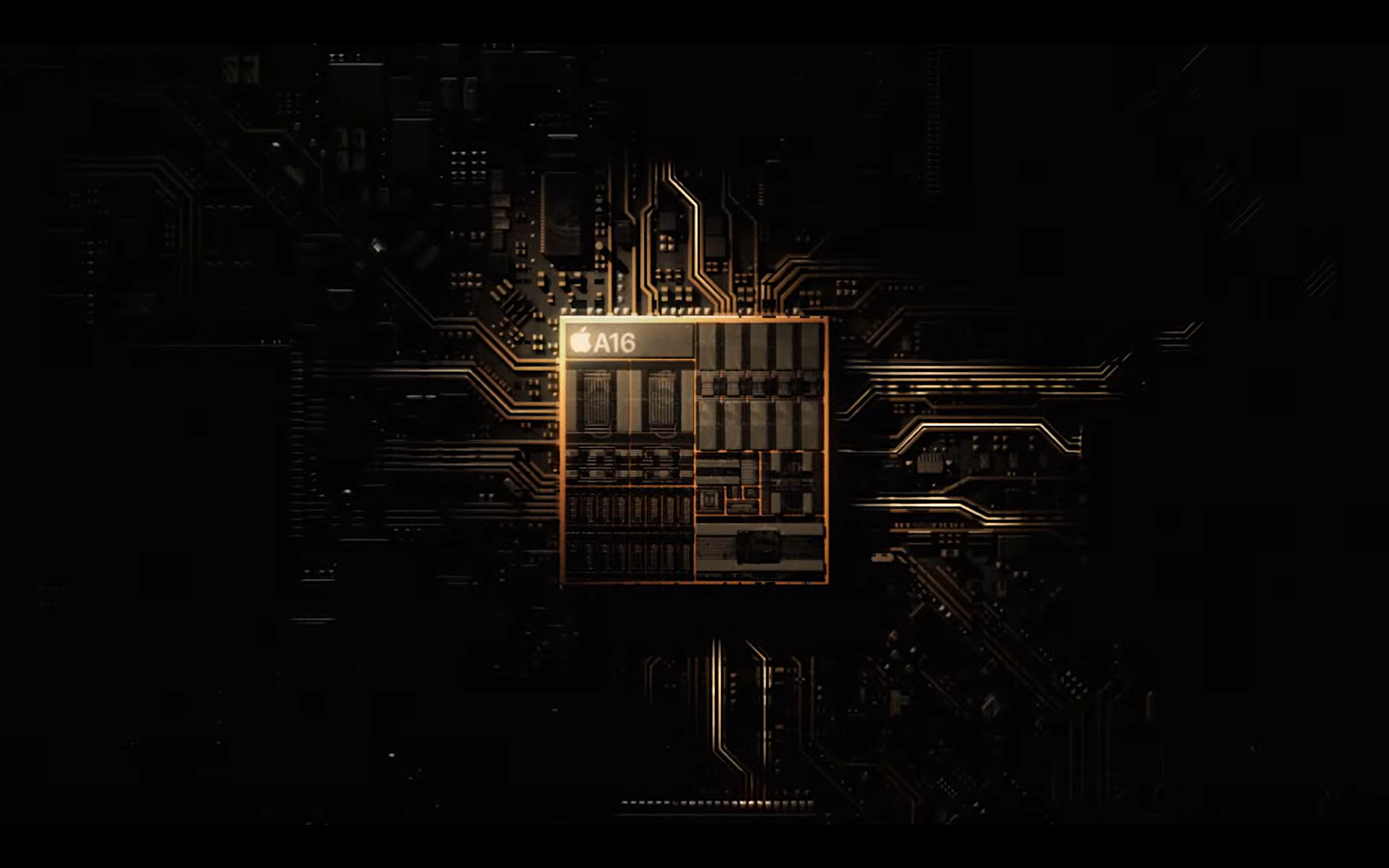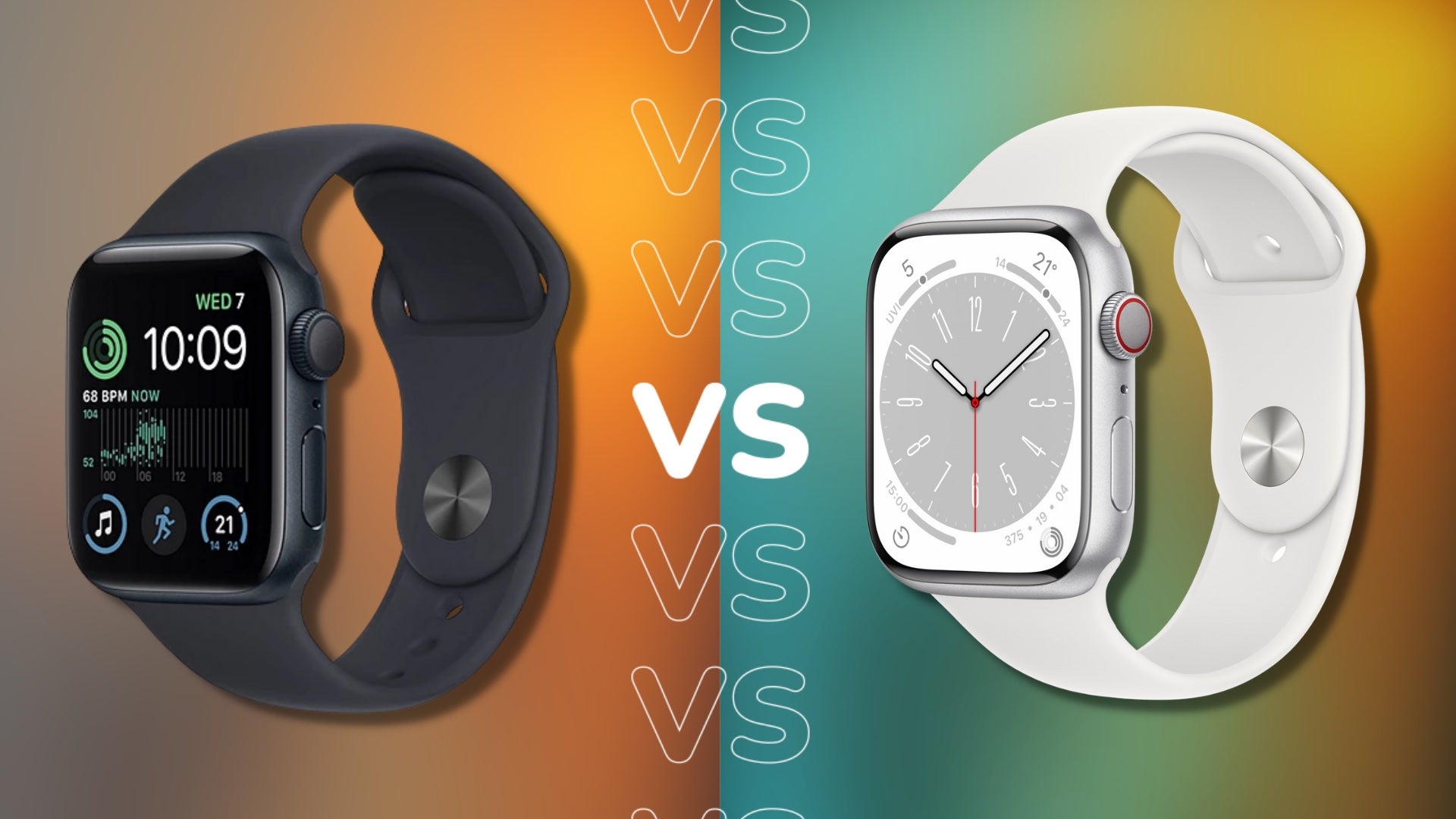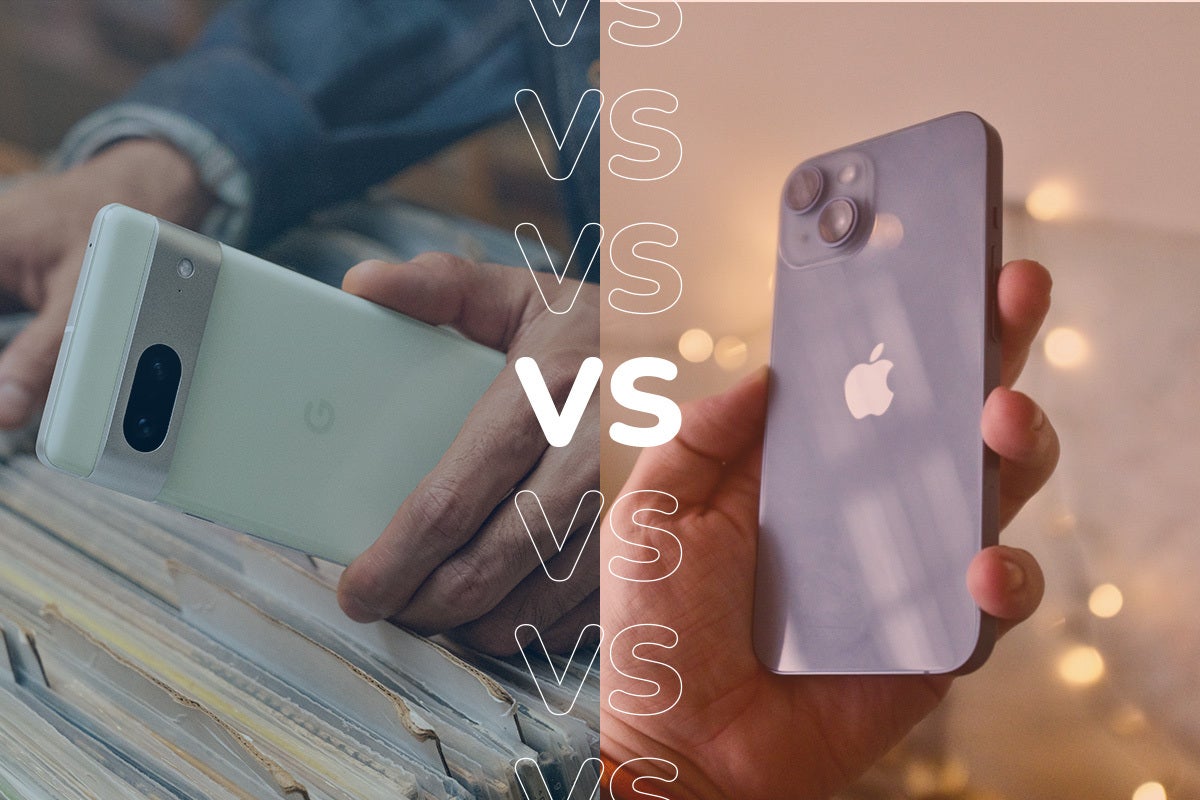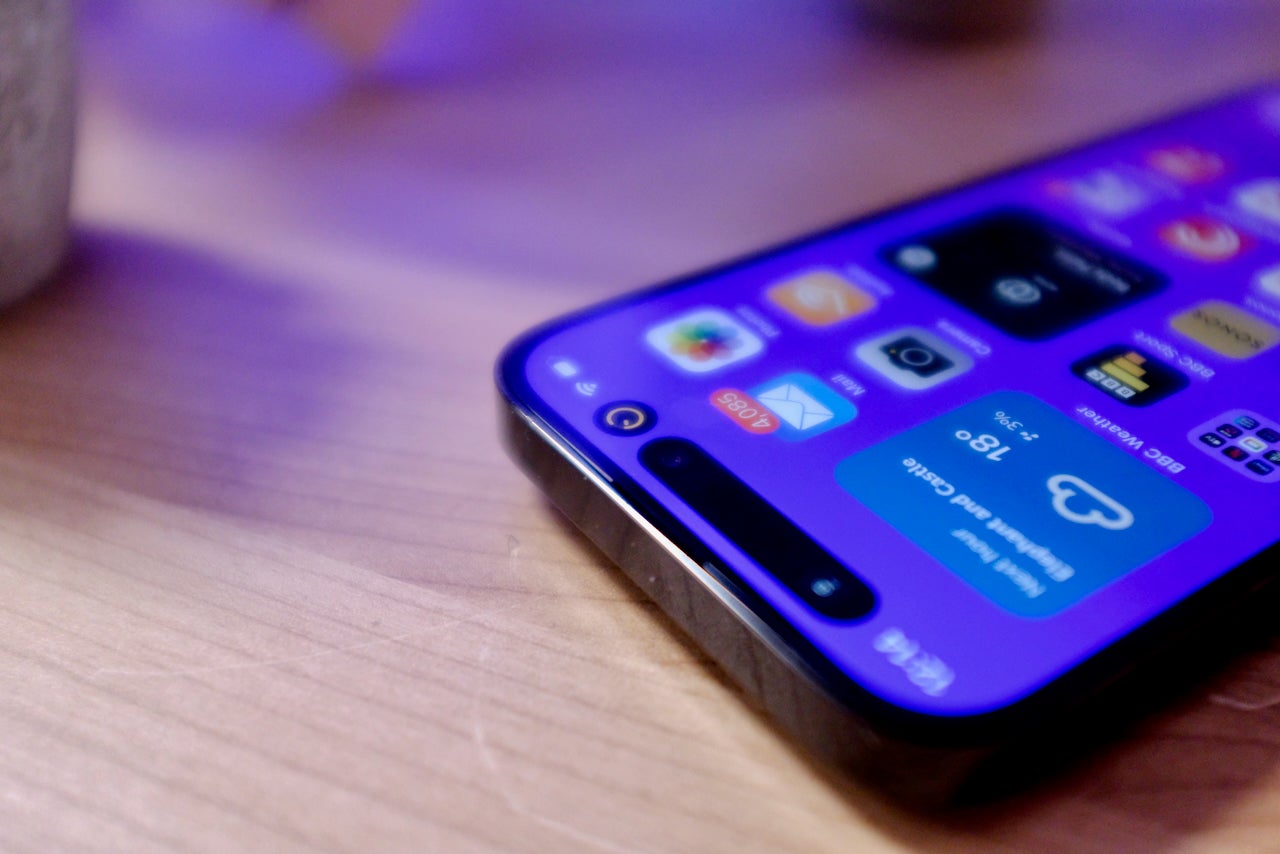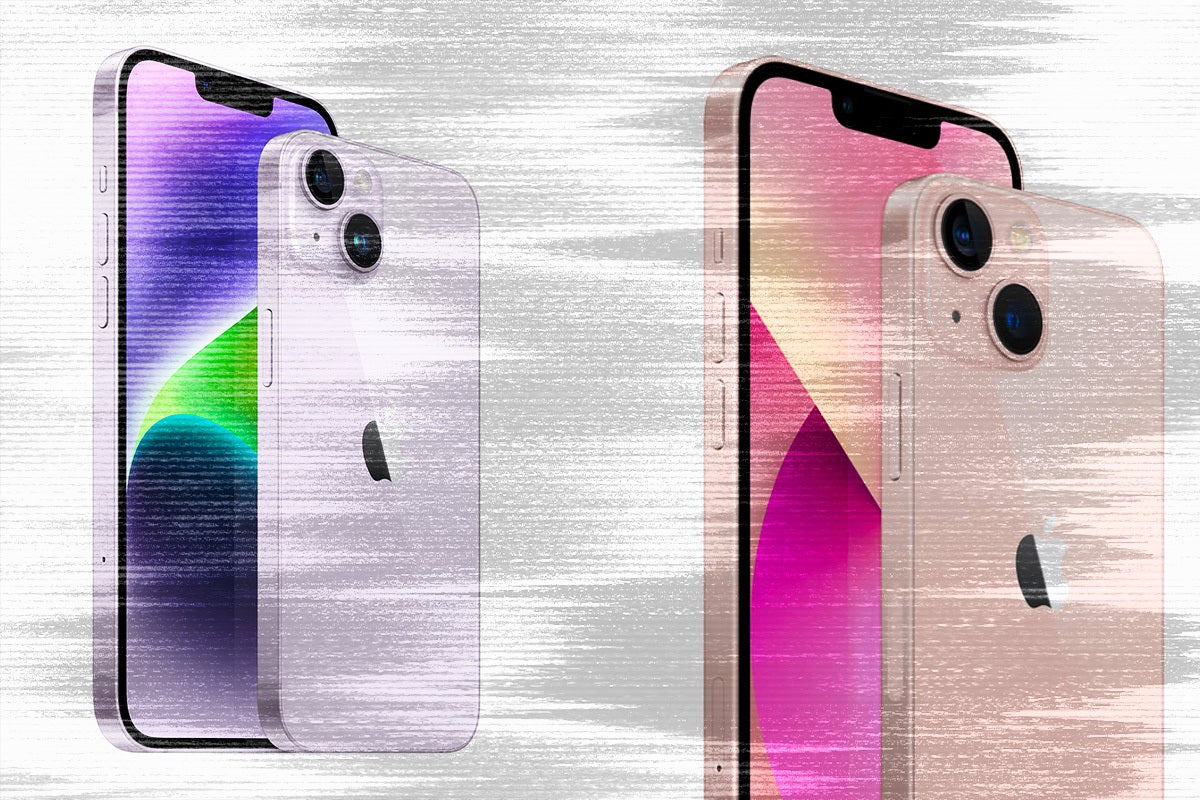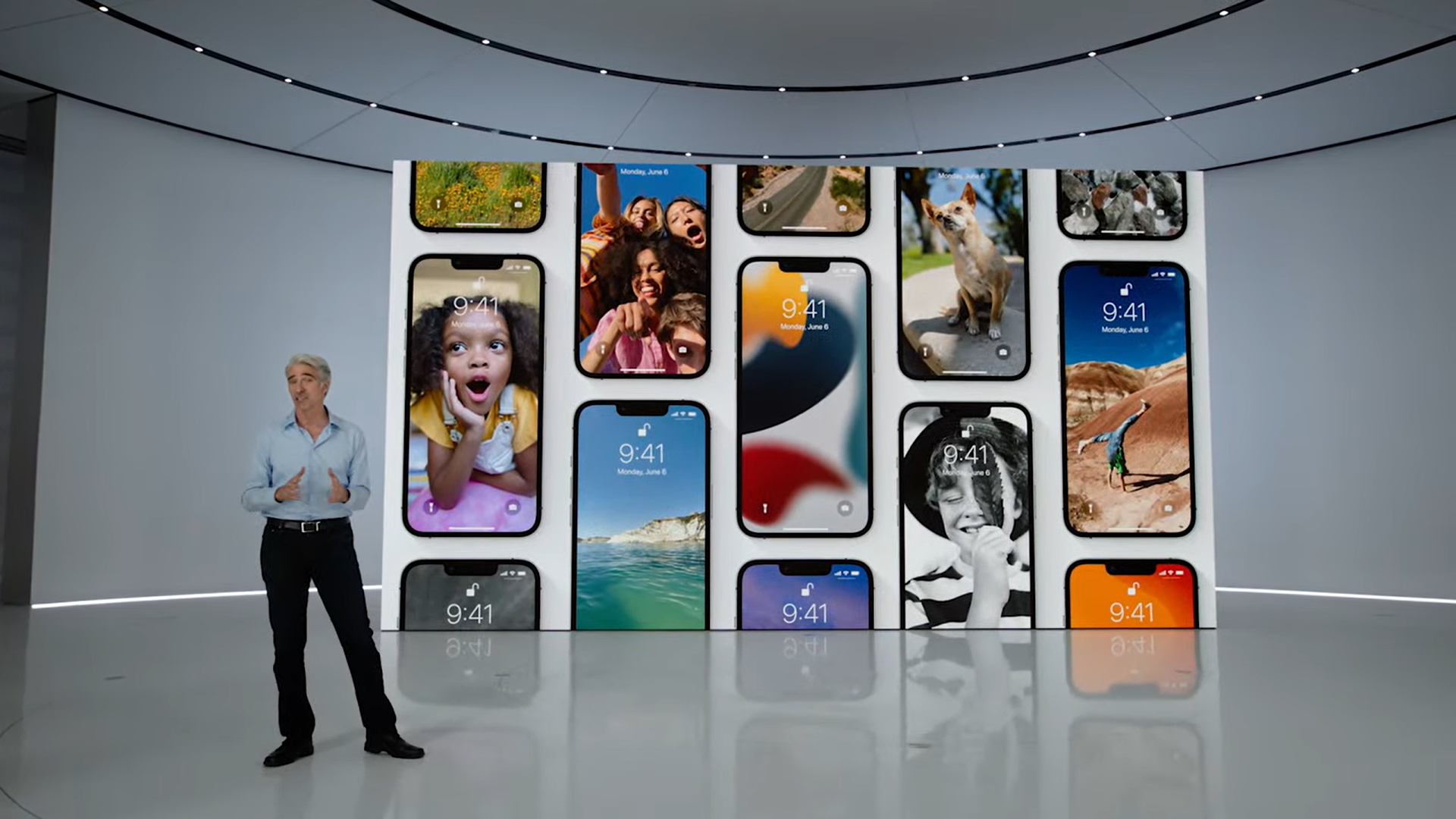iPhone 14 vs iPhone 14 Pro: Should you pay more?
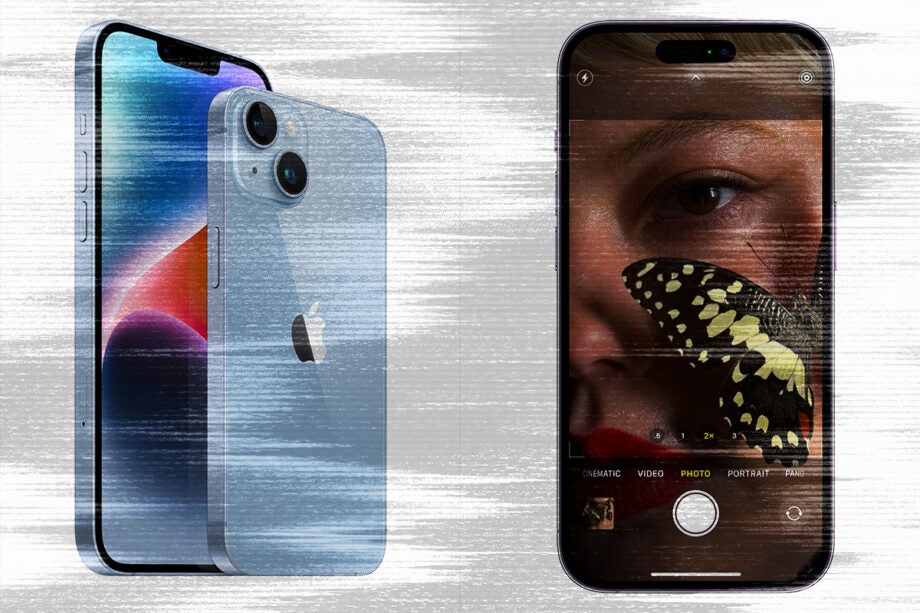
The iPhone 14 Series is the most recent smartphone range from Apple, with the iPhone 14 coming in as the base model. But how does the standard model compare to the Pro?
In typical Apple style, it released four different variations of the iPhone 14 model. The latest models include the iPhone 14, iPhone 14 Plus, iPhone 14 Pro and the iPhone 14 Pro Max.
With four different phones to choose from, it can be complicated to pick which one is right for you. That’s why we’re here, to break down all the differences between the iPhone 14 and the iPhone 14 Pro. Read on to find out the key differences in pricing, design, specs and battery life.
Release date and pricing
Both the iPhone 14 and iPhone 14 Pro were announced at the same time during the Apple Far Out event in September. They are both available to purchase from the Apple website, as well as from other third-party retailers.
The iPhone 14 is the cheaper option out of the two. You can see the difference in pricing below:
iPhone 14
- 128GB: £849
- 256GB: £959
- 512GB: £1179
iPhone 14 Pro:
- 128GB: £1099
- 256GB: £1209
- 512GB: £1429
- 1TB: £1649
Camera
One of the biggest differences between these two models is the camera. The iPhone 14 comes with a 12-megapixel main camera and a 12MP ultra-wide camera. There is support for Smart HDR 4, 2x optical zoom out and 5x zoom in.
Our review claims that the front camera is great at rendering accurate skin tones, with both rear cameras handling low-light shots very well. We noted that the colours tend to pop and that pictures contain a lot of detail and excellent dynamic range.
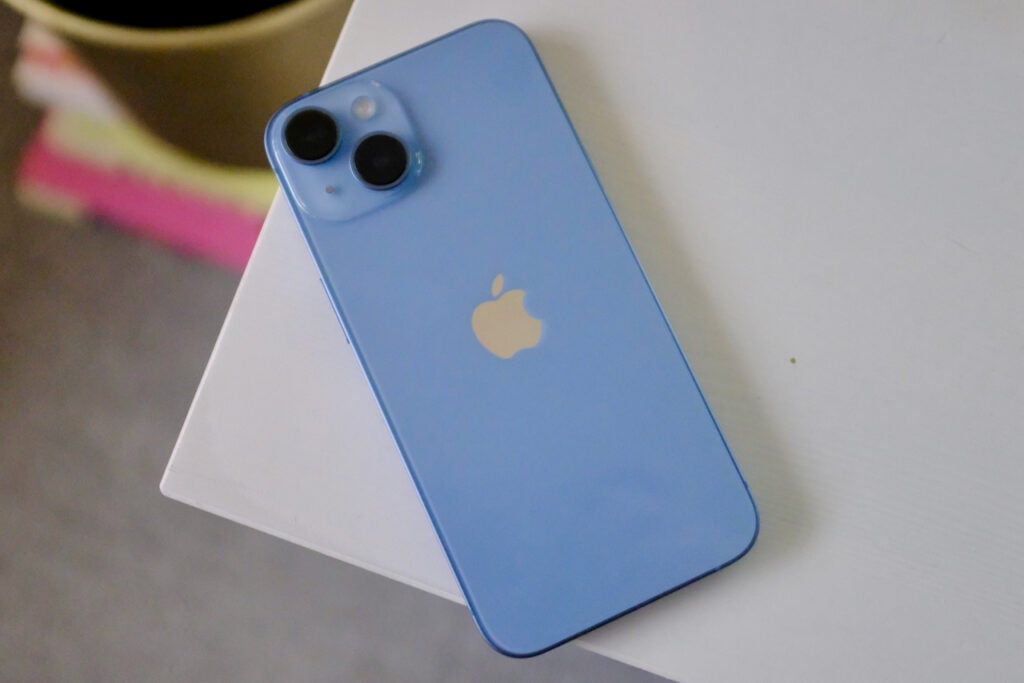
On the other hand, the iPhone 14 Pro packs a 48MP main camera, a 12MP ultra-wide camera and a 12MP telephoto lens, which is enabled by a quad-pixel sensor. It comes with 3x optical zoom in, 2x optical zoom out, 6x optical zoom range and digital zoom up to 15x.
This is the first iPhone to come with a 48-megapixel camera, with our review claiming that it’s one of the best camera phone you can buy. It offers a versatile array of sensors, lenses and options that allow users to capture almost anything, from Instagram-worthy selfies to macro pictures.
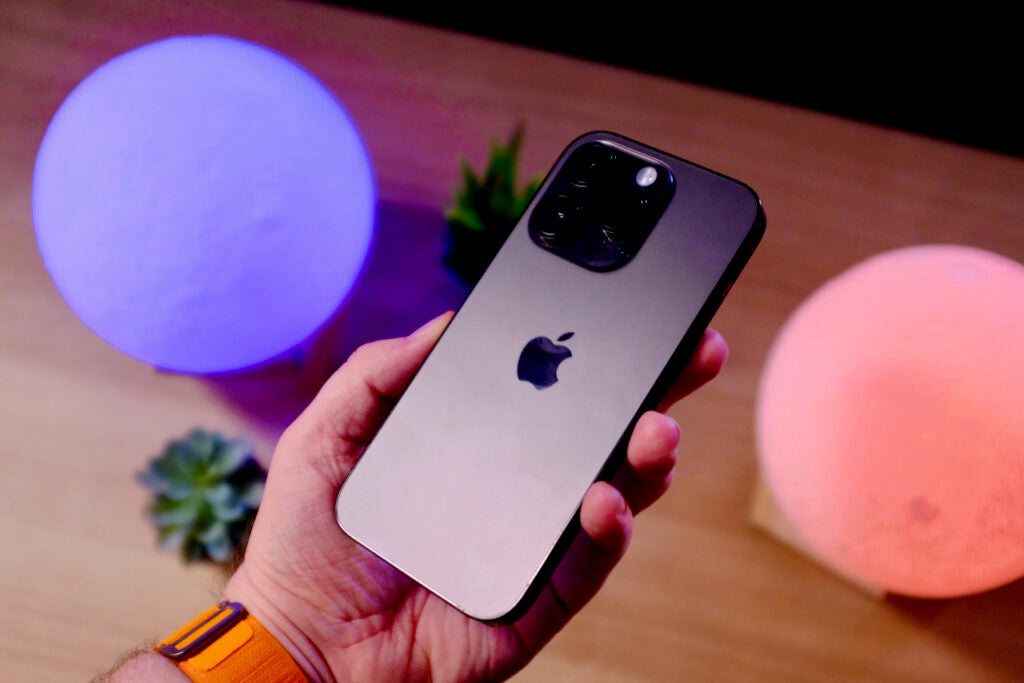
Our review claims that the iPhone 14 Pro can churn out excellent shots regardless of the conditions, and kicks into Night Mode much faster than its predecessor.
Ultimately, if you’re looking for the best camera phone out of the two, the iPhone 14 Pro is the way to go.
Battery
Apple isn’t known for having the best battery life, but the iPhone 14 Series has improved on its predecessors. In our testing, we found that the iPhone 14 drained by 8% after watching an hour of HDR content at 100% brightness.
Overall, the iPhone 14 could comfortably get us through a full, busy day with 20-30% battery left by bedtime, with up to 40% left on quieter days.
The iPhone 14 Pro gave a slightly weaker performance, with 10% of the battery draining after watching HDR content for an hour with 100% brightness. From 8AM to midnight, we reported that the battery sat between 15-20%, which is slightly less than the iPhone 14, but not enough to make a huge difference.
Screen
The iPhone 14 comes with a 6.1-inch OLED Super Retina XDR display. The resolution sits at 2532×1170, with support for True Tone, HDR and a 2,000,000:1 contrast ratio. Apple claims the display can reach 800 nits of brightness during typical use, and 1200 nits of peak brightness during HDR content.
We were disappointed to see that there was no ProMotion and 120Hz adaptive refresh rate included, and it’s noticeable for anyone who has used the technology before. Despite this, we thought the screen was good, offering up faithful colours and enough brightness for impactful HDR performance.
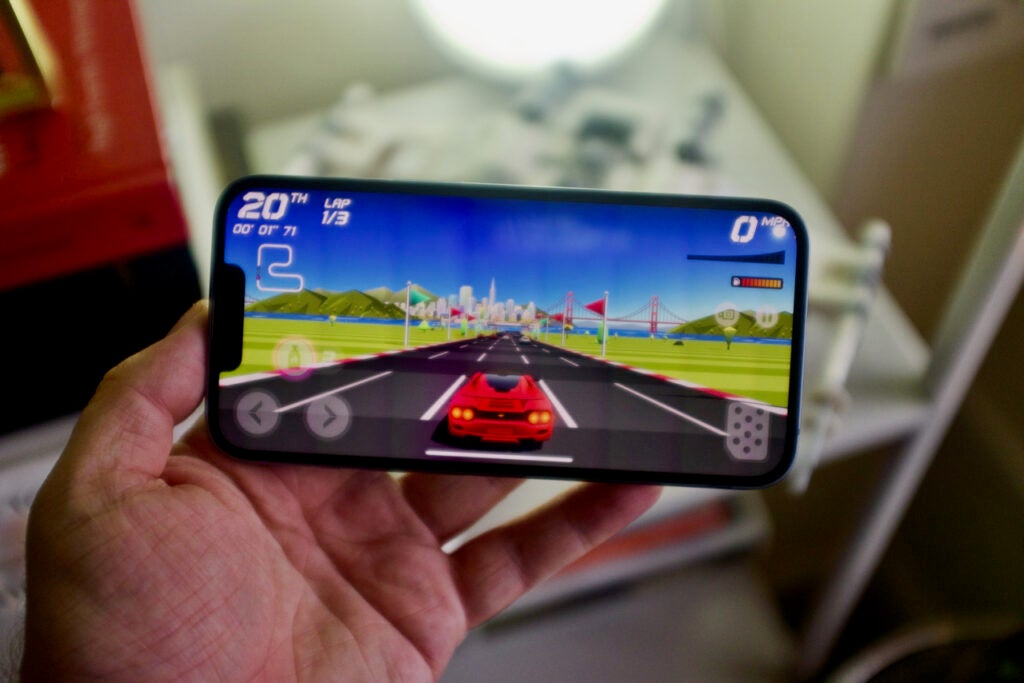
There is no Dynamic Island available on the iPhone 14, though it does appear on the iPhone 14 Pro. This means that the vanilla model features the same dated notch as previous models.
Moving onto the iPhone 14 Pro, it has the same 6.1-inch OLED Super Retina XDR display as the iPhone 14, although it does have a more impressive resolution, at 2556×1179. Apple claims that this model is capable of 1600 nits peak brightness during HDR and 2000 nits peak brightness for outdoor use.
Unlike the iPhone 14, it comes with Dynamic Island, which is designed to surface useful information, like when AirPods are connected or when the device is being charged. It also takes care of the infamous notch found on previous iPhone models, making the screen look sleeker and more premium than the iPhone 14.
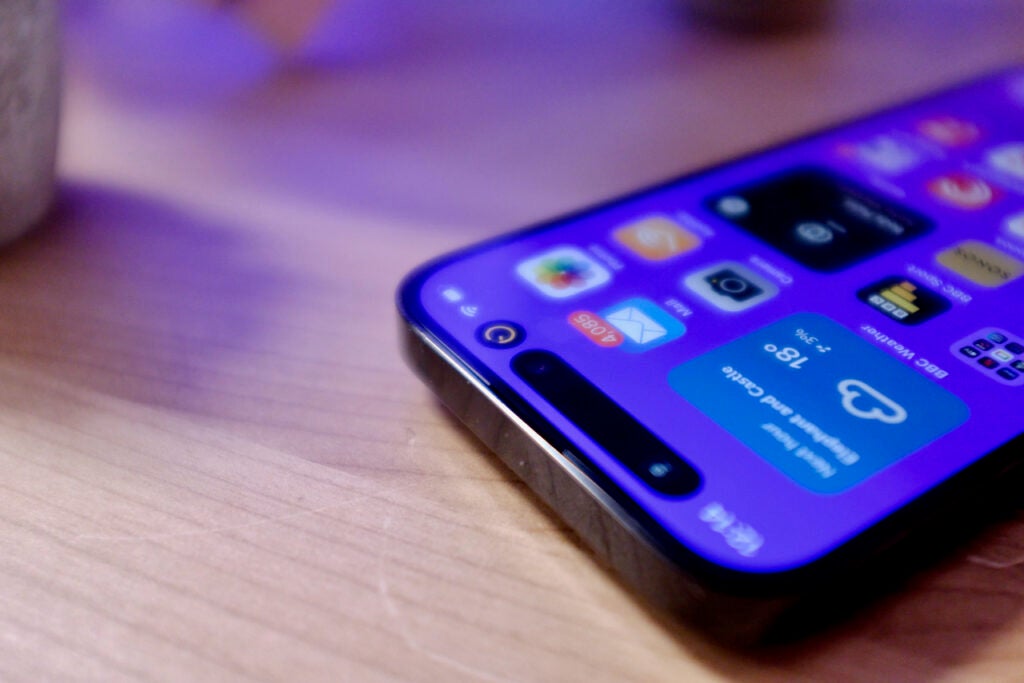
We really liked the Dynamic Island feature; it allowed for very quick and reliable Face ID, will keep songs played on Spotify visible at the top of the screen as well as applications like a Timer, adding an extra interaction layer to your phone.
Plus, the iPhone 14 Pro comes with ProMotion, meaning it has an adaptive refresh rate of up to 120Hz. Not only will this increase the refresh rate while you’re scrolling through an app, making it feel more fluid, but it also helps battery life as it can dip to a lower refresh rate during less active moments, like when you’re reading a block of text.
Specs
The iPhone 14 comes with the A15 Bionic chip, which can also be found on the iPhone 13 Pro. It comes with a 6-core CPU, 5-core GPU and a 16-core Neural Engine. In our review, Editor Max Parker said “throughout my week with the iPhone 14 it has never felt slow or laggy and I can’t really tell the difference between the performance here and on the A16 Bionic.”
The iPhone 14 Pro comes with an upgraded chip, the aforementioned A16 Bionic. This chip also comes with a 6-core CPU, 5-core GPU and a 16-core Neural Engine, but it is built on a smaller 4nm process node, allowing Apple to pack more transistors into the device for better performance than the A15.
For this handset, our Editor claimed that “there’s almost too much power here for anything you can do today and plenty of headroom for what’s to come in the future.”
However, we did note that there is minimal difference between the chips in day-to-day use, with certain apps loading only mildly quicker on the Pro variation, meaning that you will be getting enough power regardless of the chipset.
Both handsets come with Bluetooth 5.3 connectivity as well as Wi-Fi 6, as well as new features like Car Crash Detection, which uses a sensitive accelerometer inside the device to alert emergency services if you have been in a crash.
You can see a full breakdown of each device just below.
Verdict
Overall, the iPhone 14 and the iPhone 14 Pro differ in a key few areas, although the upgrades that come with the iPhone 14 Pro come with an elevated price point. If you’re willing to spend more and you want a more impressive camera, as well as access to features like Dynamic Island, you’re best going with the Pro model.
However, our testing found that these devices feel very similar to use and that the iPhone 14 still packs a great camera. So if you’re looking to upgrade on a bit more of a budget and don’t mind missing out on the latest specs from Apple, we would recommend you go with the iPhone 14.
Out of the two devices, we would have to say that the iPhone 14 Pro comes out on top, scoring a 4.5 score in our review compared to the 4-star review for the iPhone 14, but you don’t necessarily need to splash out on the best model if you don’t think you need the added features.


